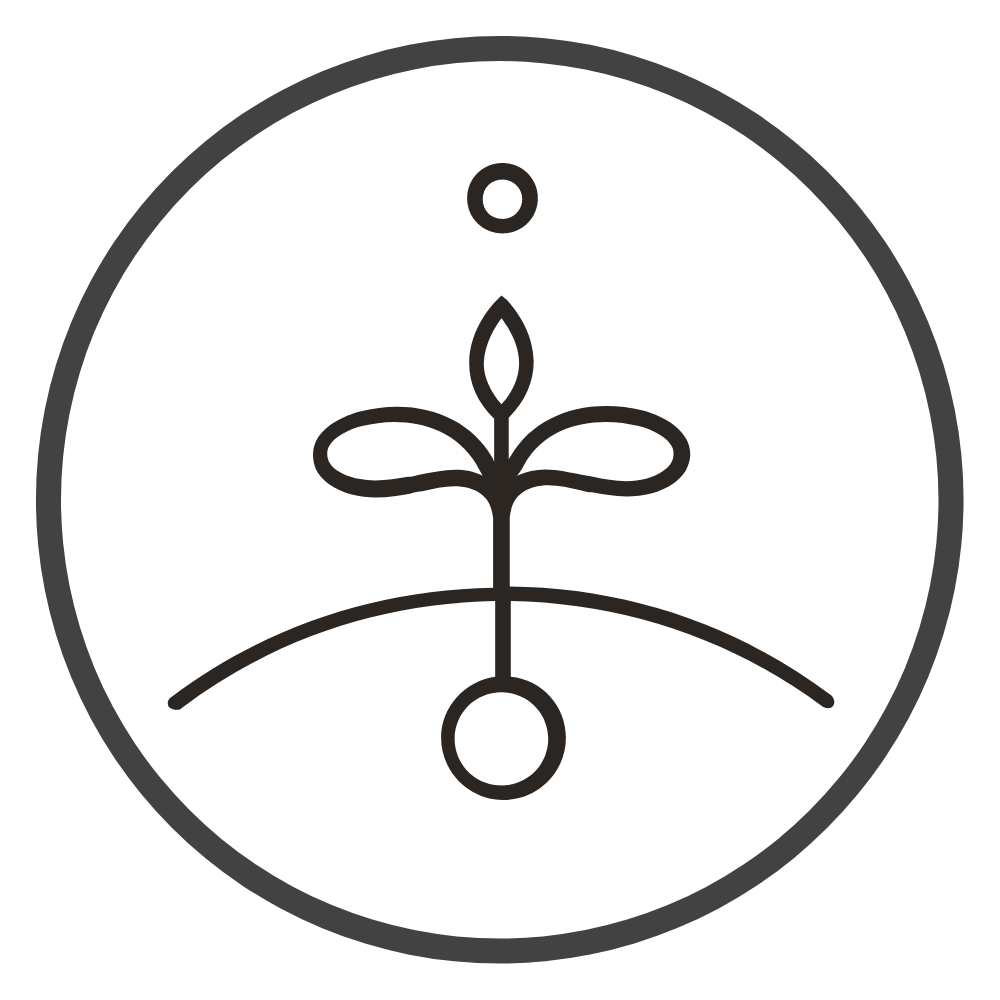Musculoskeletal Conditions of Mothers: During Pregnancy and through Postpartum
Occupational therapy is a field that supports individuals to participate in their daily activities, or occupations. With regards to pregnancy/postpartum, occupational therapists are often considering how the changing pregnant body impacts the woman’s ability to participate in her daily activities. The hands are one area of the body that are often not discussed during pregnancy. However, there are specific conditions that can arise during pregnancy and postpartum that affect the hands, wrists, and elbows and can greatly impact daily life. Occupational therapists consider how an individual uses his or her hands to engage in meaningful activities. As Mary Reilly (1963) once stated, “that man, through the use of his hands as they are energized by mind and will, can influence the state of his own health” (p.6). When individuals engage in activities that are a part of their daily routine, frequent and repetitive use of their hands can put them at risk for musculoskeletal conditions that cause weakness and pain. This discomfort can prevent them from being able to continue to engage in enjoyable and necessary daily activities.
As a result of pregnancy, women experience a range of physical changes that can also put them at risk for developing musculoskeletal conditions that may impact their functional skills. During pregnancy women are more likely to retain fluid and experience swelling in their hands, wrists, and forearms which is a risk factor for nerve compressions such as Carpel Tunnel Syndrome (CTS; Meems, 2015). Symptoms of CTS can include numbness and tingling in the fingers and hand as well as weakness and pain that can limit the woman’s ability to participate in daily occupations such as self-care, exercise, employment, home chores, and childcare, to name a few. Occupational therapists can work with mothers prenatally to educate them on the many physical changes they are experiencing, provide women with exercises and stretches they can use to decrease any adverse effects of pregnancy, empower women to utilize preventative or compensatory strategies to support their continued participation in meaningful activities, and support them in making lifestyle changes that may decrease the symptoms of musculoskeletal conditions like CST.
While many women hope that their CST symptoms will dissipate once their child is born, this is often not the case. After women give birth, they quickly have to learn new responsibilities related to their infant’s care such as breast or bottle feeding, diaper changes, and physical handling of their infant. Breast and bottle feeding require the mother’s hands to be in certain positions for extended periods of time to hold and move their infant to support them during their feeding adventures. The frequent, repetitive, and prolonged positioning can increase a woman’s risk of continued and/or new musculoskeletal strains. For example, de Quervain’s tenosynovitis is a painful condition commonly experienced by mothers; researchers have termed it mommy thumb, baby wrist, or new mother’s thumb (Anderson et al., 2004; Stein et al., 2015).
Establishing a relationship with an occupational therapist as soon as symptoms arise during pregnancy and/or postpartum can help to teach women how to protect their physical health during pregnancy and throughout the postpartum period. Additionally, utilizing the services of an occupational therapist can help to lessen symptoms, improve a woman’s ability to successfully and independently complete her daily activities, and can help to support a woman’s overall mental health and quality of life.
Are you pregnant and/or postpartum and experiencing some of the above symptoms? Click the Instagram icon below to check out our post about exercises and gentle nerve stretches that may help to decrease the adverse effects of pregnancy/postpartum related musculoskeletal conditions.
References
